
Wilma Mankiller. Source: Tulsa World
A significant number of people believe tribal people still live and dress as they did 300 years ago. During my tenure as principal chief of the Cherokee Nation, national news agencies requesting interviews sometimes asked if they could film a tribal dance or if I would wear traditional tribal clothing for the interview. I doubt they asked the president of the United States to dress like a pilgrim for an interview. — Wilma Mankiller
The fledgling United States government’s method of dealing with native people — a process which then included systematic genocide, property theft, and total subjugation — reached its nadir in 1830 under the federal policy of President Andrew Jackson. . . From the very birth of the Nation, the U.S. government truly had carried out a vigorous operation of extermination and removal. — Wilma Mankiller
On Dec. 14, 1985, Wilma Mankiller (November 18, 1945 – April 6, 2010) took office as Principal Chief of the Cherokee Nation of Oklahoma. She served in that role until 1995.
Prior to her election as chief, she had been an activist (including supporting the Alcatraz Occupation), social worker, and community developer.
A movie has been made about Mankiller’s work with the Bell Waterline Project. The Cherokee Word for Water documents the story of how Mankiller and Cherokee organizer Charlie Soap joined forces with community volunteers to build a waterline.
Find lessons and other classroom resources below on Native American history and the environment.

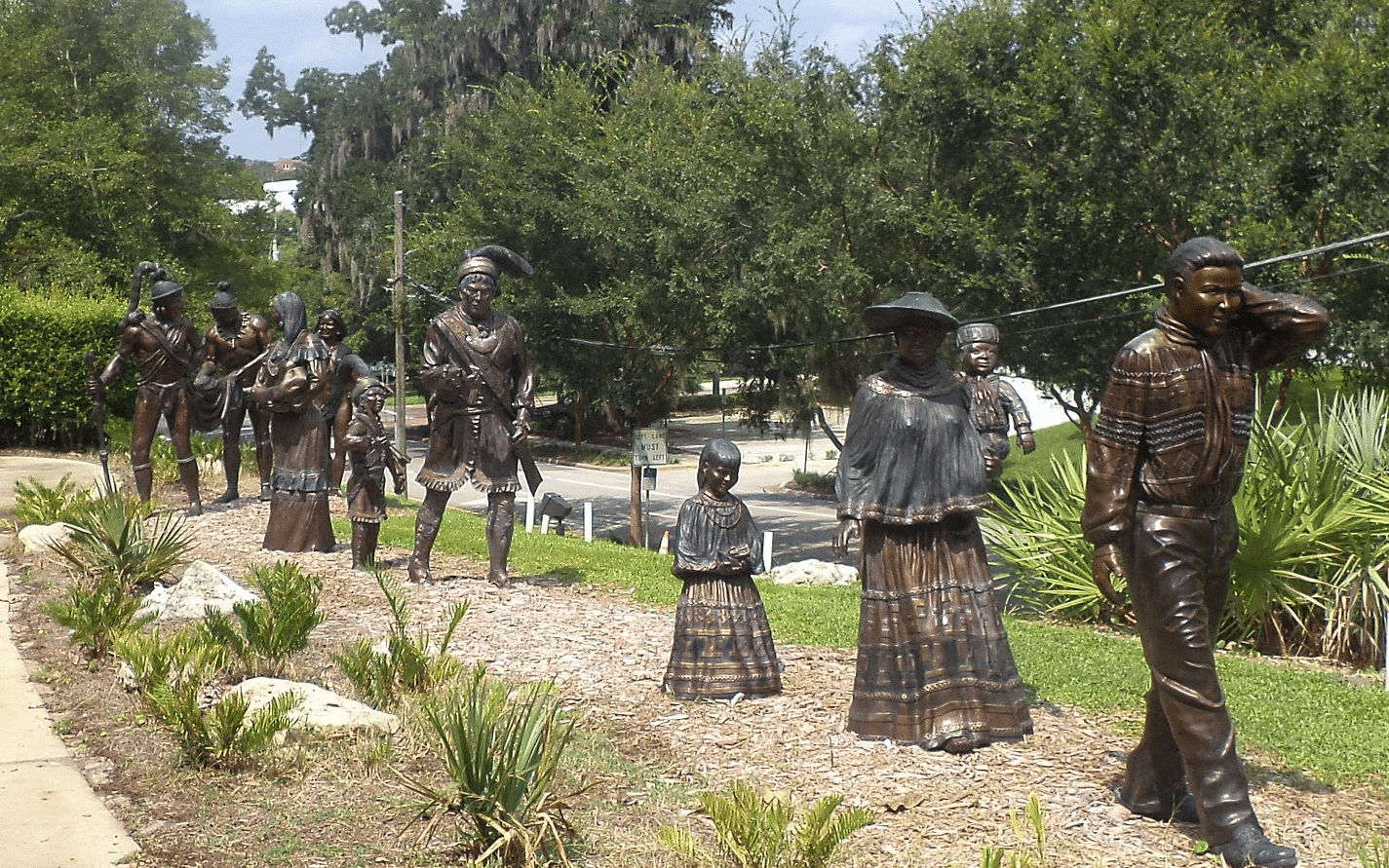


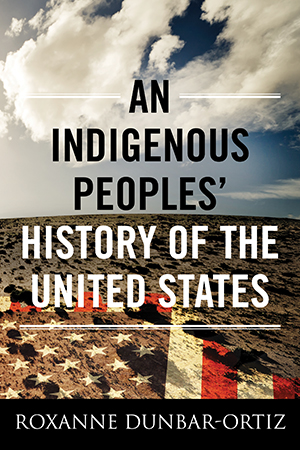

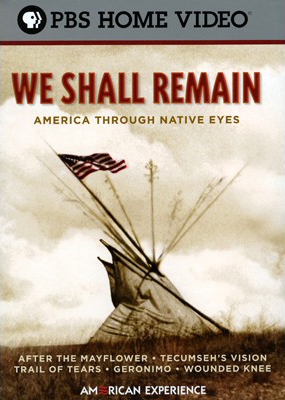
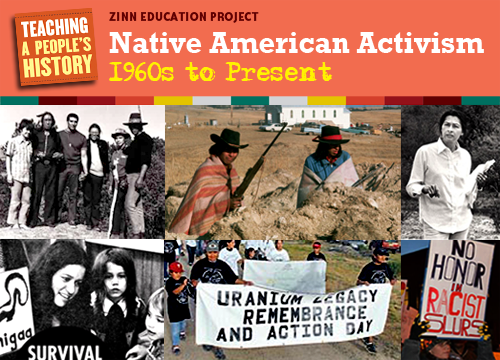
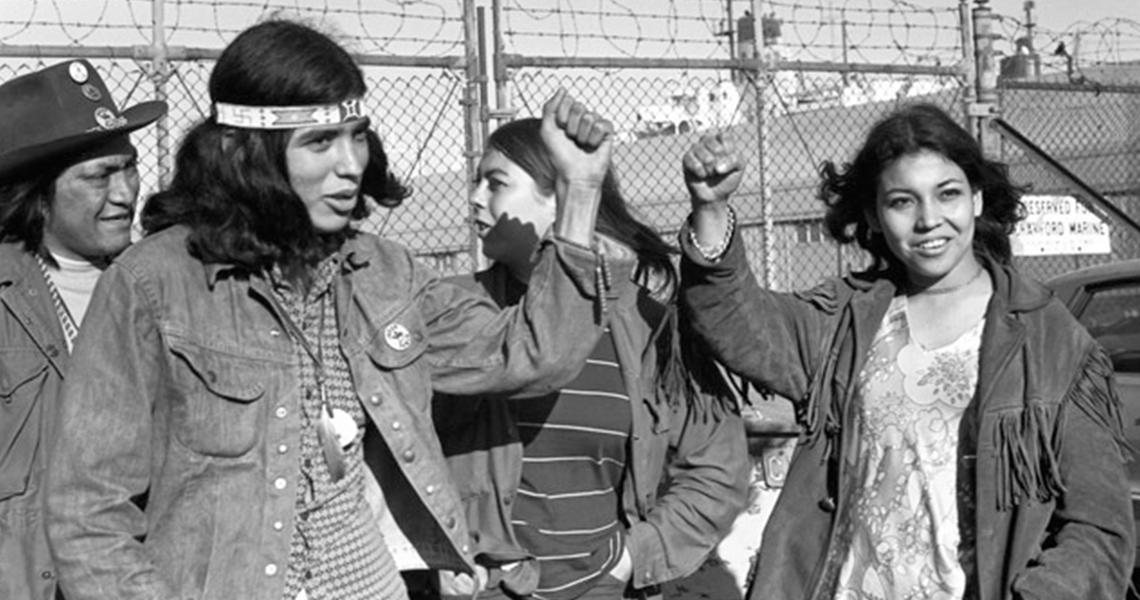





Twitter
Google plus
LinkedIn